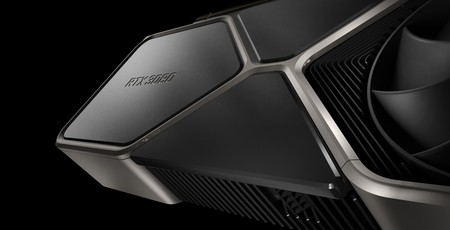
Demand Problem
Jensen Huang’s comment about the lack of supply being ‘a demand issue, not a supply issue’ led me to think about two ways consumers can start to better themselves and the industry – not what he intended, I’m sure, but hear me out.

Firstly, the emotionally charged response from some to not being able to buy a new, shiny thing needs to be highlighted and discussed. To be so attached to a product, or more accurately one’s own concept of a product, that you’re able to tap into genuine anger and hatred at not being able to obtain one Right Now, is not a healthy state of mind, and I’d suggest it maybe speaks to deeper issues within the psyche that need addressing coupled with a misplaced sense of entitlement. If 2020 can teach us anything, it’s about what really matters – and that isn’t new graphics cards. Instead, acceptance, patience, and reframing can go a long way.

Secondly, while I don’t think we should ever stop demanding higher frame rates, faster CPUs, or better cooling from tech companies, I do believe it’s high time we all start demanding more from them in terms of two woefully under-discussed topics in the PC hardware space: supply chains and environmental impacts. Regarding the former, the scale and complexity of PC hardware means it's practically a certainty that sinister forces are at work somewhere along the path from raw materials to completed product; greater transparency would help shine a light where it's most needed. As for the latter, it's in everyone's interest that we tackle environmental factors on a systemic level. Tech firms, especially the big players, are in a powerful position to help on both fronts.
I’m not going to launch into a diatribe on either topic, as it’s not what you’re here for and neither one is an area of expertise for me. However, COVID-19 has taught us all the importance of looking out for each other and thinking more globally, and I believe (naively, perhaps) that if more and more of us counter hate-filled, consumerist-driven rants with calmness and begin probing companies (and reviewers!) about where products come from, what goes into them, and what impact they have, we can plants seeds and slowly start to shift the conversation and the industry for the better - it would be great to see companies competing on ethical TFLOPs and sustainable GHz as much as the regular ones, and I see no reason that cannot begin now.
RTX 3080 at Launch: Strong and (Not) Stable
Back to RTX 30 Series, and worse than the problem of insufficient supply is the fact that a portion of those customers who did manage to get an RTX 3080 (and used it as intended instead of capitalising on the lack of stock) were rewarded with instability in the form of crashes to desktop, something that reviewers of the first wave of samples had also picked up on.
Clearly, something was wrong. Technical issues when dealing with a new graphics card, new GPU, and new architecture are not uncommon; sometimes new drivers are released while we’re in the review process, but there’s no doubt that unstable cards should never have made their way into paying customers’ computers. And it’s this more than anything where Nvidia has screwed up its launch.
A lot of good investigative work was done by reporters on the instability issue (e.g. Igor’s Lab, der8auer, and Hardware Unboxed, among others), and Nvidia itself has since remedied the instability with a simple driver update. In short, it was largely the result of an overly aggressive voltage/frequency curve causing frequency spikes to intolerable levels in certain workloads. The new driver addresses this, and although the new boost curve affects performance in a measurable way, it doesn’t seem to be a meaningful way.

Sample variance means that precisely what ‘intolerable’ is regarding frequency depends on the specific SKU and even the specific card within the same SKU, but it was usually happening in the >2GHz region. Meanwhile, certain GPU capacitor configurations could impact a card’s ability to tolerate sudden frequency jumps, but the whole capacitor issue has been largely blown out of proportion because of The Internet. Still, it’s always nice to learn more about GPUs and graphics card/PCB design.
The crux of the issue seems to be Nvidia’s insistence on launching comfortably ahead of AMD’s RDNA 2 event and, on a related note, not giving its board partners enough time or freedom to properly validate their new cards. By freedom, I mean the ability to use unrestricted drivers in real-world applications. That’s not to excuse the partners entirely, but with more and proper testing before launch, it’s hard to see how this issue would have slipped through the validation net.
Instead, the early adopter has been used as a guinea pig. This is always the case to some degree, and thankfully, the issue now appears to have been put to bed, but I’d still argue that the problem was easily avoidable with a rethink of the launch strategy.
Final Thoughts
In his comments about the lack of supply, Jensen Huang spoke of a ‘double-whammy’ effect, the combination of demand for Ampere in general coupled with the increased demand that comes with the holiday season. However, to me it seems the RTX 30 Series launch is the second half of a different double-whammy: two poorly handled launches of major product families in a row.

The RTX 20 Series launch story is well known but worth reiterating. All of Nvidia’s marketing went into promoting the supposed gaming-related benefits of new technologies adopted from the much more lucrative professional space, technologies which added significant cost to the graphics cards but which could not be used in any real way until roughly two months after launch. A shambles, in other words.
With more performance on hand and a significant selection of titles that can tap into RTX properly, the RTX 30 Series remedied the problems of the previous launch, especially with the phenomenal power of the RTX 3080 being available at $700 – a far better value proposition. Sadly, it’s a launch fraught with its own problems. Having enough stock to meet such high demand was probably impossible even for Nvidia (something a few extra weeks would likely not have changed), but the systems in place to manage high demand at launch proved too weak and flawed to do so effectively, leaving customers understandably annoyed. Add to this the oversight on driver stability seemingly caused by restrictive validation procedures, and you have a real mess – now even customers who did manage to get a card had real cause for concern.
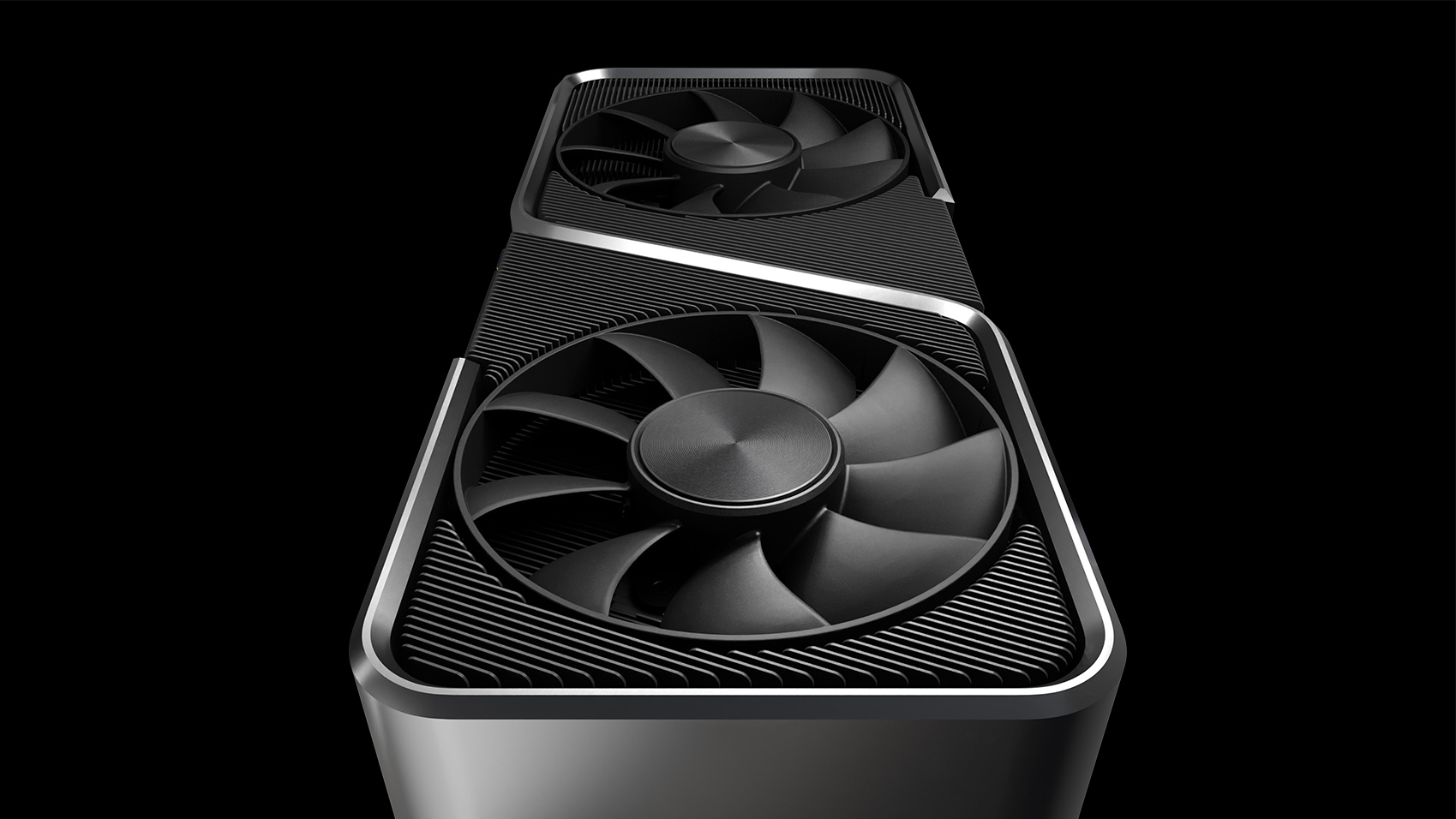
The RTX 3070 at least offers a chance for some redemption, and I hope Nvidia and its partners are able to bolster stock levels and, more importantly, improve their digital systems to cope better with insane demand and ensure cards are not immediately snapped up by bots. It seems inevitable that there will be a lot of hopeful buyers disappointed (some of whom will no doubt react with worrisome levels of rage), but the situation absolutely needs to be handled better.
And whatever occurs at the end of October, let’s do our best to keep the conversation calm and grounded in fact. With that in mind, do let me know where you agree or disagree with my assessment in the comments.

MSI MPG Velox 100R Chassis Review
October 14 2021 | 15:04

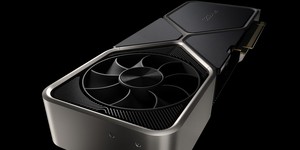
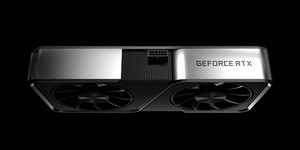
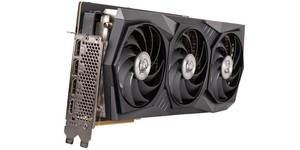




Want to comment? Please log in.